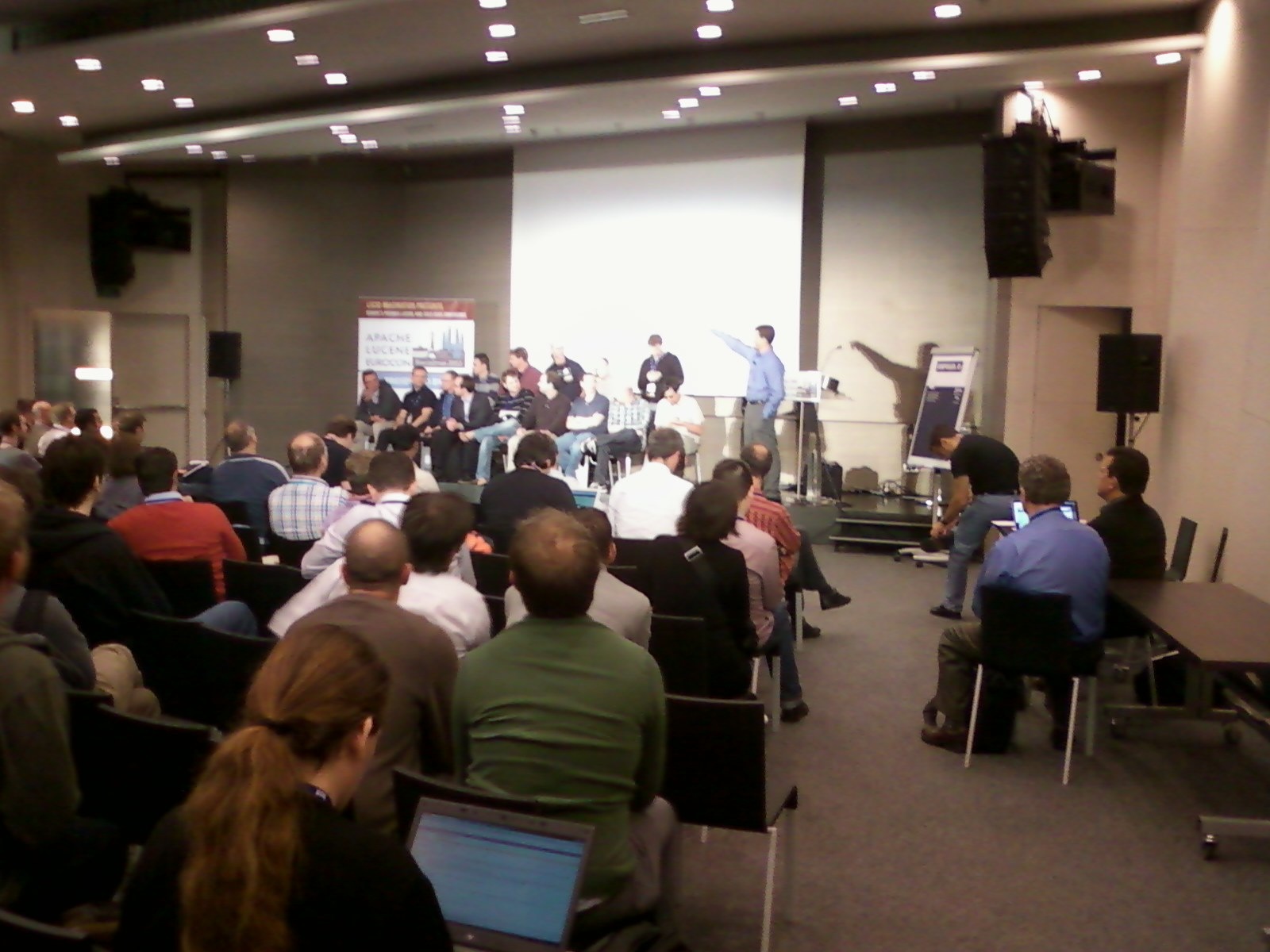
- APACHE LUCENE DOCUMENTATION HOW TO
- APACHE LUCENE DOCUMENTATION UPDATE
- APACHE LUCENE DOCUMENTATION CODE
APACHE LUCENE DOCUMENTATION UPDATE
The update handler defaults to /update/extract, as the Solr connector uses the extraction handler to send the data. Jobs are scheduled and run by the Agent.Ĭreate an output connection of the type “Solr Connector” and specify the details of your solr installation. Ties the different connections together and holds additional, job specific, configuration. Is an repository connector with its configuration parameters. Its only function is to convert a user name (which is often a Kerberos principal name) into a set of access tokens. Is an authority connector with its configuration parameters. LCF supports different output connectors, such as the Solr connector. Is an output connector with its configuration parameters. The authority connection will not be used by the webcrawler. The web-crawler needs an output connection, a repository connection and a job. Using the lcf-crawler-ui webapplication you can configure the web-crawler. The lcf-crawler-ui should now be working at Configure Don’t stop the Agent in another way, because that may result in dangling locks in the synchronization directory. Stopping the agent is done using the AgentStop class. The Agent is started by using the following command from the modules/dist directory. You can find the war file needed in the modules/dist/web directory. The web application can be deployed in any servlet container like Tomcat or Jetty, but needs to be run as the same user as the Agent. With the configuration in place you need to deploy the lcf-crawler-ui web application and start the Agent. Java =processes .Register. “Web Crawler” Run Java =processes .RegisterOutput. “Solr Connector” Java =processes .Register .system.CrawlerAgent Java =processes .DBCreate postgres postgres 1.layout.ConversionPattern=%-4r %-5p %c %x – %m%nĬreate the database and register the different components using the following commands from the modules/dist directory. # Set root logger level to DEBUG and its only appender to A1. When not specified in the configuration file, LCF expects a standard commons-logging property file at /lcf/logging.ini.
APACHE LUCENE DOCUMENTATION CODE
The following code block shows the minimal configuration needed. By default LCF looks for a configuration file at /lcf/properties.ini. Both need to be configured in the LCF configuration file. The LCF is implemented on top of a postgreSQL database and uses a folder on the file system for synchronization. The build creates two war files in the tomcat folder and a set of jar files in the processes folder. The output is produced in the modules/dist folder. Run ant from the modules directory to build the system. Part of the test files used by MetaCartaīuilding LCF is done using ant and requires ant 1.7 or greater.This directory contains the sources for the framework and the different supported connectors.Part of the end-user documentation, written in LaTeX.Get the project sources using subversion from:Īfter a checkout, you will find the following directories: There are currently no releases of LCF available, but the project sources are in svn. The synchronization folder is used to keep the processes in sync, by providing a locking mechanism across jvm instances. crawled documents, and configuration, eg. The agent, authority service and configuration ui, are build on top of the PostgreSql database. The Configuration UI (crawler-ui) is a webapp in which you can configure the system, start/pause/abort the crawler and get statistics about the documents. To configure and interact with the system, the Configuration UI is used. The Authority Service webapp is used to get authorization tokens for a given username. Within LCF, the Agent process does the actual work, it crawls documents and ingests them. The Lucene Connectors Framework consists of three main components:
APACHE LUCENE DOCUMENTATION HOW TO
There is a lot of documentation already available on the project’s wiki and for this blog post we will take a look at how to build and deploy LCF.

Giving us a proven and usable system, but with a rather steep learning curve. The Lucene Connector Framework has been developed and successfully deployed for the last five years by MetaCarta.

Last month the Lucene Connector Framework published their first build-able sources. The Lucene Connectors Framework, an incubator project at Apache, provides a framework for connecting a source content repository to target repositories or indexes, such as Apache Solr. In part 2 of this introduction I will extend LCF with a new Connector. I will show you how to build, deploy and get it running as a web crawler.

This blog is an introduction to the Lucene Connectors Framework, a crawler framework I will use to solve the problem of making the information from a Java CMS search-able using Solr. In my previous blog, Searching your Java CMS using Apache Solr: Introduction, I looked at how to synchronize the information in a Java CMS with a Solr index.


 0 kommentar(er)
0 kommentar(er)
